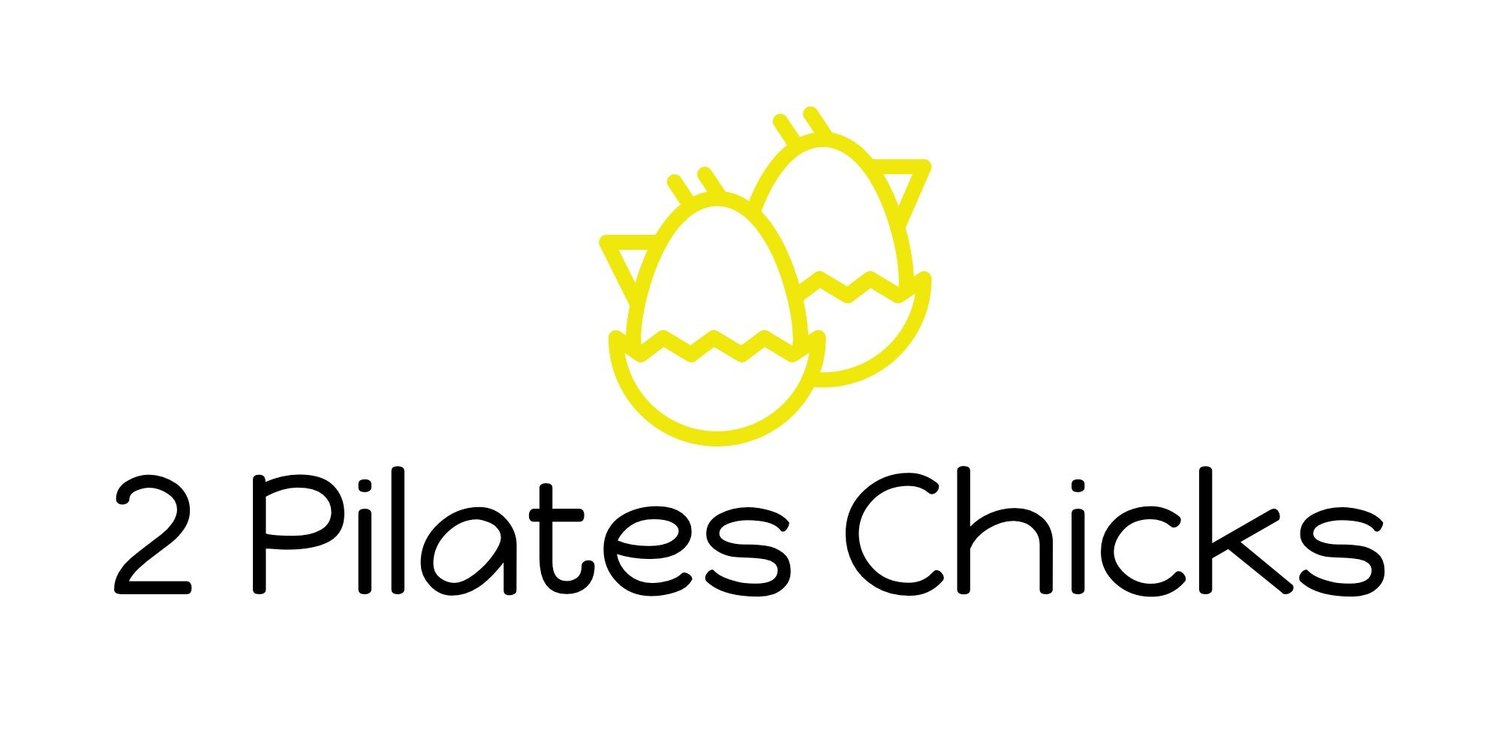What is the system of Pilates?
What is the system of Pilates? How does the conversation change when teaching on different pieces of Pilates apparatus? How do we teach Pilates exercises as separate apparatus yet connected through the method?
In Season 6, Episode 11, “Different Apparatus, Different Conversation,” we explored the concept of the Pilates system for teachers who hadn't learned how all the pieces fit together. For many of us who learned to teach in modules or blocks, understanding how all the pieces connect can be the key to unlocking a new level of teaching.
Teaching Pilates isn't just about knowing more exercises; it's about seeing the entire Pilates method as a single, cohesive system. When we teach with this perspective, we empower our clients to move with greater awareness, build lasting strength, and truly understand their bodies.
The Conversation Changes with the Apparatus
Think of each piece of apparatus as a different lens through which to view your client's movement.
On the Mat: Gravity and body weight are the primary resistance. This unassisted work reveals a client's foundational strength and control.
On the Reformer: The moving carriage creates a dynamic environment, and the springs create feedback for the client's movement.
On the Cadillac, Chairs and other apparatus: Springs provide feedback or support and/or a different orientation to gravity.
The magic of teaching the Pilates system lies in recognizing that each apparatus is a tool for a specific conversation. Your cueing shouldn't be a one-size-fits-all script. It needs to adapt to the feedback that the springs and gravity are giving your client. The system is a continuous figuring things out as the client moves through these different orientations and springs from various angles.
Individuality and Unity: The Core of the System
Joseph Pilates designed his work with a few key shapes and different concepts in mind, which are then repeated across all the apparatus. This is the unity of the system. For a comprehensively trained teacher, it's easy to spot these common threads. The Roll Over is the Roll Up just upside down.
The individuality comes from how each client experiences these shapes on different apparatus. What is easy for one person on the Reformer might be a major challenge on the Mat, and vice versa. This is where your "detective" skills come in. You observe how they move in different orientations (upside down on the Cadillac, on their knees on the Reformer) and with various types of resistance. This constant observation informs your teaching and helps you create a session that is truly tailored to their needs.
Why the "System" is a Game-Changer
When you teach Pilates as a system, you move beyond the idea of "beginner," "intermediate," and "advanced" exercises. Instead, you focus on the building blocks that create each movement. A client may not be able to perform the full expression of an exercise, but you can give them a modified version that still teaches the key concepts of the movement, or use the set-up position as an exercise in itself. This makes Pilates a lifelong practice, not a series of levels to be completed. In this way, we can discover what a client can do rather than telling them what they can't do based on an arbitrary exercise level.
Teaching the system also:
Enhances Client Awareness: Clients begin to feel the connections themselves. They understand why an exercise on the Wunda Chair is helping them with their standing balance, and they can experience the strength transfer from the Reformer to their daily life.
Keeps You and Your Clients Engaged: With the endless variations and the constant feedback, you will never get bored teaching, and your clients will never feel like they've hit a plateau in their practice.
Provides a Holistic Approach: The system reminds us that we are not just working on a client's back pain or tight hips. We guide them to understand their entire body and move better for their unique issues and goals.
Joseph Pilates created each apparatus for specific reasons, to provide particular feedback to the body. As teachers, our job is to explore those concepts, understand the feedback of the springs, and use the full range of the system to guide the body in front of us. It's in this exploration that we find the true art and joy of teaching Pilates.





